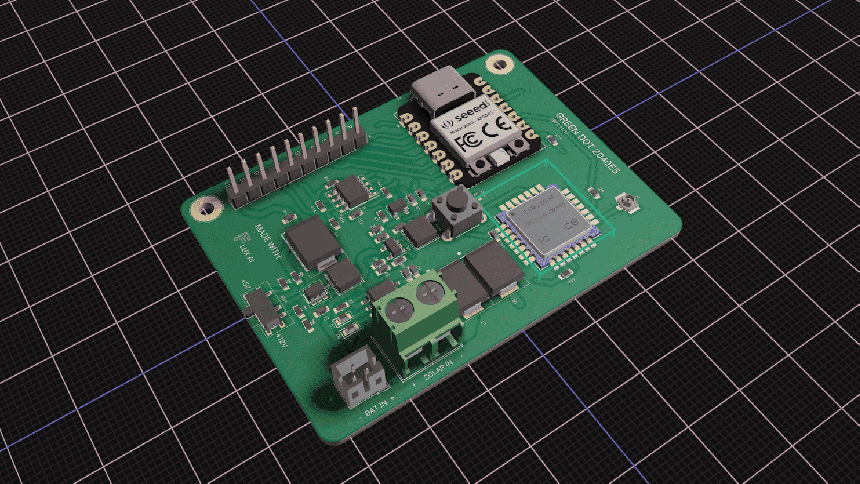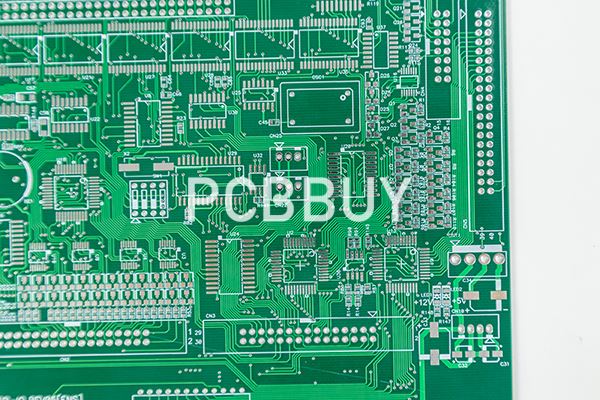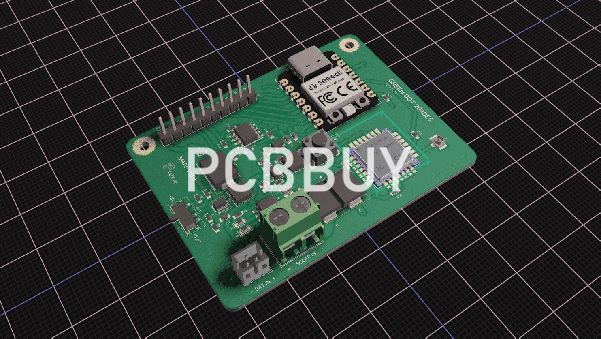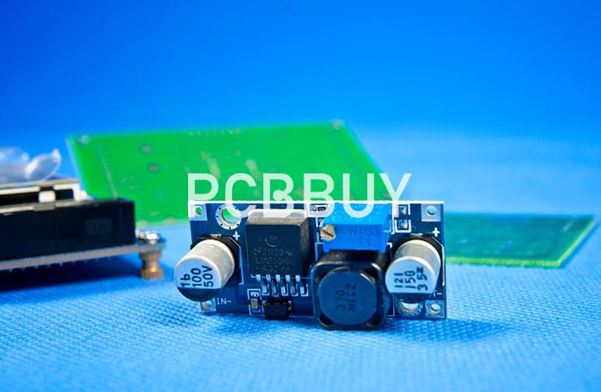How to Analyze Signal Losses in 5G PCB Design?
By:PCBBUY 09/18/2023 16:25

Electrical issues also pop up at high speeds for electronics, but what’s more interesting is the speed the signals travel rather than that of the device itself. Higher speeds typically mean greater data throughput, which is the underlying motivation for advancing mobile network standards like the most recent 5G. 5G PCB design calls for various processes during layout and manufacturing to ensure that high-speed signals are not losing potency as they travel over the surface of a board’s conductors.

Analyzing Signal Losses in 5G PCB Design
Taking advantage of the improved transfer speeds of 5G requires understanding how PCB materials respond to high-speed signals. The dissipation factor (known shorthand as the Df value or just Df) represents the lossy nature of a material and is calculated as the reciprocal of its quality factor. A material’s Df is frequency-dependent, and as data speeds increase, more energy is lost to the surrounding material and dissipated as heat. Therefore, materials for 5G circuits need to be less lossy than standard FR4 (as an example) to promote signal integrity and limit heat-related aging.
The dielectric loss comprises both the dissipation factor and dielectric constant (Dk, also known as relative permittivity). The conductor loss combines losses due to scattering and the skin effect. The skin depth decreases as frequency increases, and conductor losses are primarily driven by scattering.
While Dk and Df will vary with environmental conditions (temperature, relative humidity, etc.), the most important factor will be the board materials’ properties. A combination of low Df and Dk values will ensure that a 5G board achieved through material properties and construction (e.g., tightness of the glass fiber weave) will ensure minimal losses at high speeds.
Unfortunately, the low Dk value also means longer wavelengths at the same frequency, which can impact the difficulty of routing. To be certain, this difference becomes less (absolutely) pronounced at higher frequencies as wavelengths shrink proportionally. Still, engineers and designers will want to be aware that the board area may have to grow to accommodate the layout difference for a lower-Dk material.

Returning to the conductor losses, scattering increases at the conductor’s surface and increases due to a rough, uneven surface due to a decrease in the phase velocity of the signal. The logical solution would be to reduce this roughness by swapping an electroplated copper process for a rolled and annealed copper foil with a much smoother profile. Yet the rough copper surface is a desired manufacturing attribute due to the improved adhesion between the substrate and conductor materials.
Therefore, manufacturers need to balance out the performance goals against producibility. In addition to the switch to copper foil instead of an electroplating process, adhesives can be applied to the substrate-conductor matrix to improve peel strength and prevent delamination events.
How does Field Deployment Affect 5G Performance?
5G PCB design must also be examined with an eye toward field use. While the manufacturer’s information on materials provides an all-important basis for selection, how these products respond to high-speed factors can significantly alter transmission line loss.

Moisture: When subjected to environments of sufficient relative humidity, boards may experience significant changes to their “standard” Dk and Df values. For example, while FR4 is a poor material for 5G applications, it is an excellent example of how boards can swell and cause significant changes to transmission line performance. Manufacturers will need to test boards for a variety of potential end-use environments.
Temperature: Most materials exhibit a change in the dielectric constant with varying temperatures. Thus, it’s the magnitude of this change, i.e., how fast the Dk grows or decays. Strong material candidates for 5G boards exhibit minimal growth or decay to the material properties within the operating temperature change.
The tighter tolerance of most high-speed board materials will assist in modeling for various environments. While most generic board materials can have noticeable swings in performance metrics (sometimes 5% or greater), high-speed materials can exhibit a much more reasonable ~<2% variation across production. For design teams, this greatly simplifies the building process for multiple environments, as there is additional breathing room between ideal values in a test setting and those encountered during service.
Industry Category











